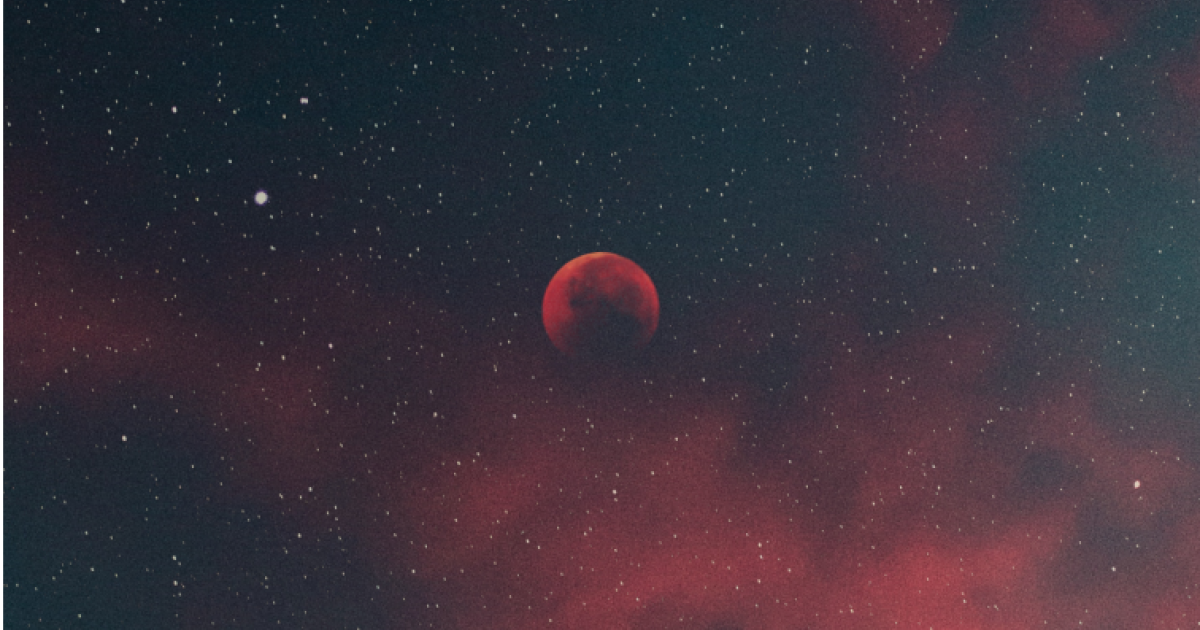Researchers have discovered the most active supermassive black hole to date Discover Using the James Webb Space Telescope. CEERS 1019 probably formed just over 570 million years after the Big Bang, and the black hole at its center is less massive than any other known galaxy in the early universe.
In addition, two more black holes have been discovered, which are also among the youngest, and formed between 1 and 1.1 billion years after the Big Bang. Webb also identified eleven galaxies that existed when the universe was only 470 to 675 million years old.
The evidence came from data from Webb’s Cosmic Evolution Early Release Science (CEERS) study, led by Stephen Finkelstein of the University of Texas at Austin. The program combines Webb’s highly detailed near- and mid-infrared images with data known as spectra, all of which have been used to make the new discoveries.
CEERS 1019 is noteworthy not only for its period of existence, but also for the relatively small mass of the black hole at its center. The mass of this object is about 9 million solar masses, which is much smaller than the mass of other black holes in the early universe discovered by other telescopes. Most are typically more than a billion times the mass of the Sun, and are easier to detect because they are more luminous (meaning the matter they absorb is brighter as it flows toward the black hole. The black hole in CEERS 1019 is more like the black hole at the center of our Milky Way galaxy, 4.6 million times the mass of the Sun, and it is not as bright as its more massive counterparts.
Despite the small size of this black hole, it existed so early that it is still difficult to find an explanation for how it formed so soon after the Big Bang. Researchers have long known that smaller black holes must have existed in the universe before, but it was only after Webb’s observations that they were able to find concrete evidence of this. CEERS 1019 may only hold that record for a few more weeks, as the astronomical community is currently examining data on other, more distant black holes identified by Webb.
Data from the space telescope is full of subtle data, making these distant observations as if scientists were examining data on black holes in galaxies close to our own. Not only was the team able to separate the data that came from the black hole and that came from their galaxy, but they were also able to determine how much gas the black hole was sucking in and determine the rate of star formation in the galaxy. Based on this, the research team believes that the galaxy is absorbing as much gas as possible, while also producing new stars. The data revealed why: CEERS 1019 appears visually as three bright clumps rather than a single, circular disk. Galaxy mergers may be partly responsible for black hole activity, which, based on our previous knowledge, may lead to increased star formation.

The CEERS survey is very complex and has a lot to explore. As mentioned at the beginning of the article, Webb also observed a small pair of black holes. The first one in CEERS 2782 was incredibly easy to spot because there was no dust blocking the space telescope’s field of view, so researchers were immediately able to determine that the black hole formed only 1.1 billion years after the Big Bang.
The second black hole, CEERS 746, formed a little earlier, a billion years after the Big Bang. The bright accretion disk (the ring of gas and dust surrounding the supermassive black hole) is still partially covered in dust, indicating that it may be in a galaxy undergoing active star formation.
Like the one in CEERS 1019, these two black holes are “light heavies” — at least compared to previously known supermassive black holes at this distance. Its mass is about 10 million times that of the Sun. Before Webb, all three black holes were too faint to detect.
Webb’s sensitive images also allowed researchers to measure the exact distances and thus ages of galaxies in the early universe. Members of the research team have identified 11 galaxies that formed 470-675 million years after the Big Bang. Remarkably, many bright galaxies have been spotted, and the researchers hypothesize that Webb will detect proportionately more of them at this distance than in total.
These galaxies form stars quickly, but they are not as chemically rich as the galaxies closer to home. These are just the first groundbreaking findings from the CEERS survey. Using Webb, scientists can not only see black holes and galaxies at great distances, but also measure them precisely. In the future, it’s also possible to use Webb’s data to explain how early black holes formed, and to review researchers’ previous models of how black holes grew and evolved during the first hundreds of millions of years of the universe’s history.










































